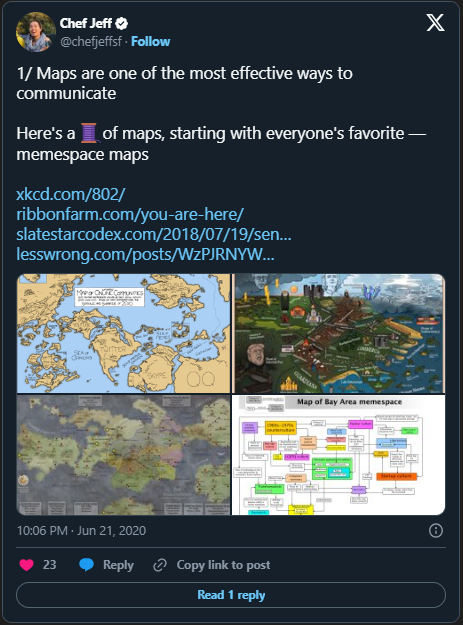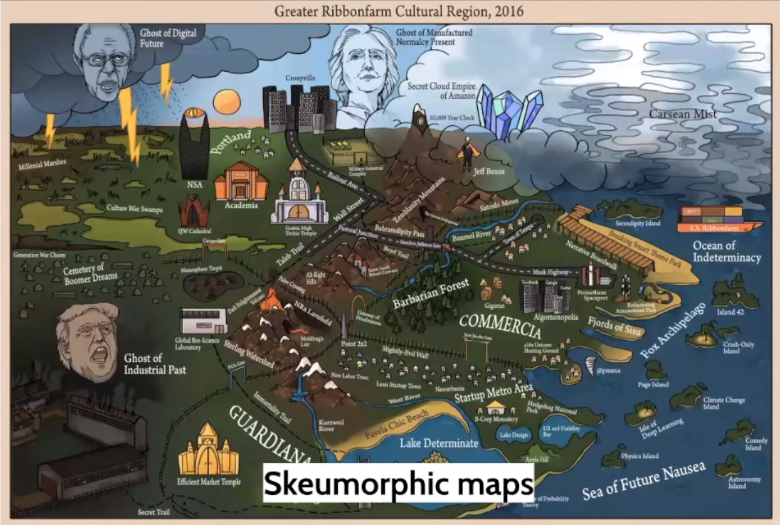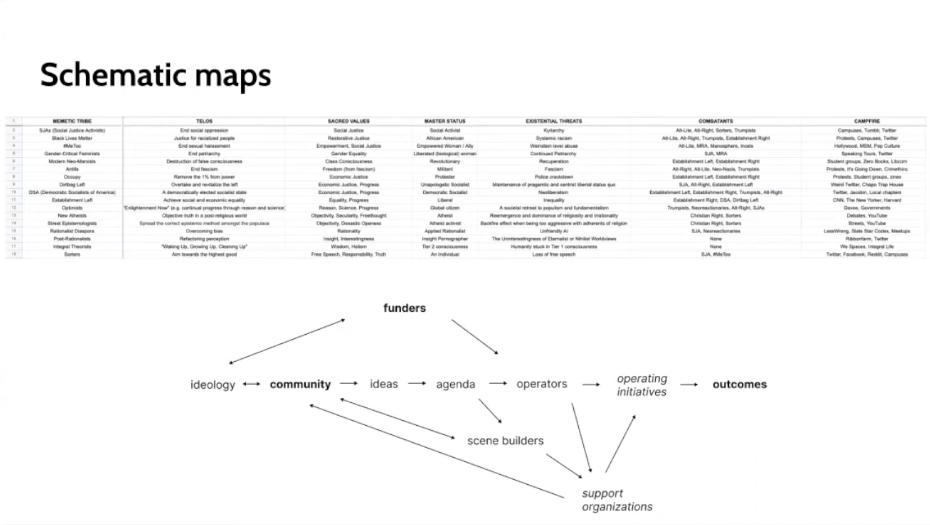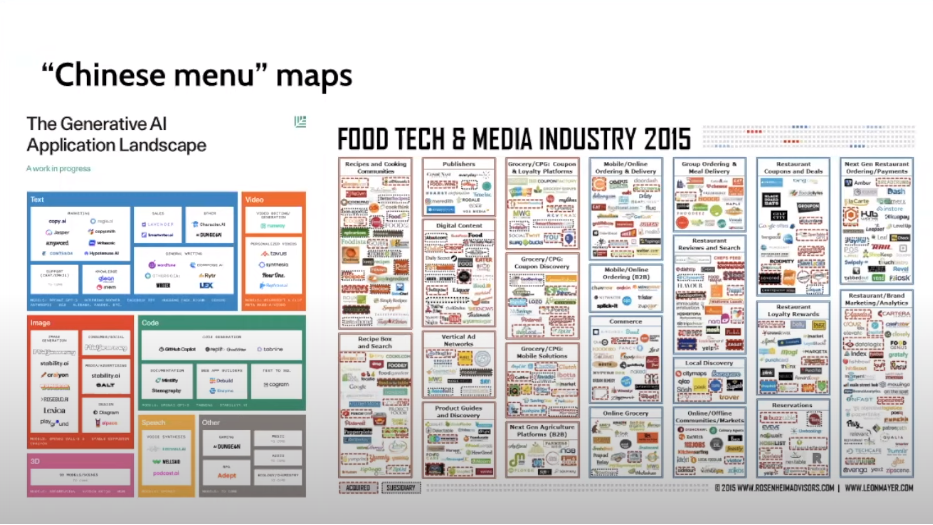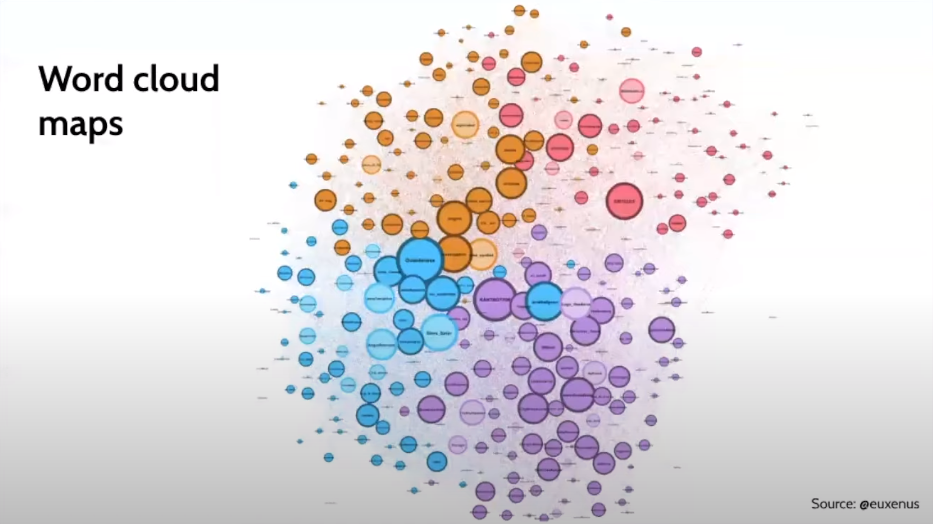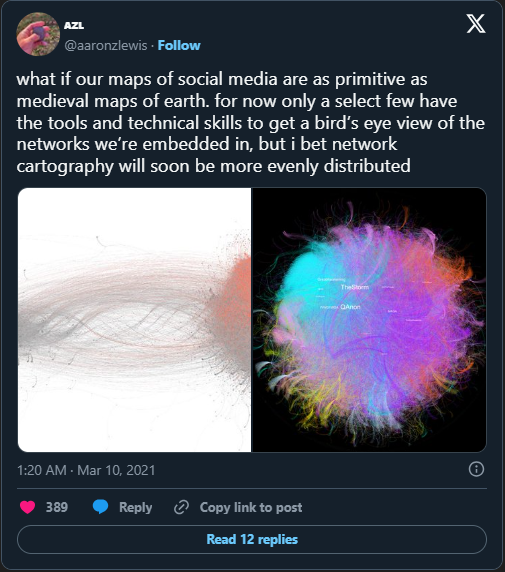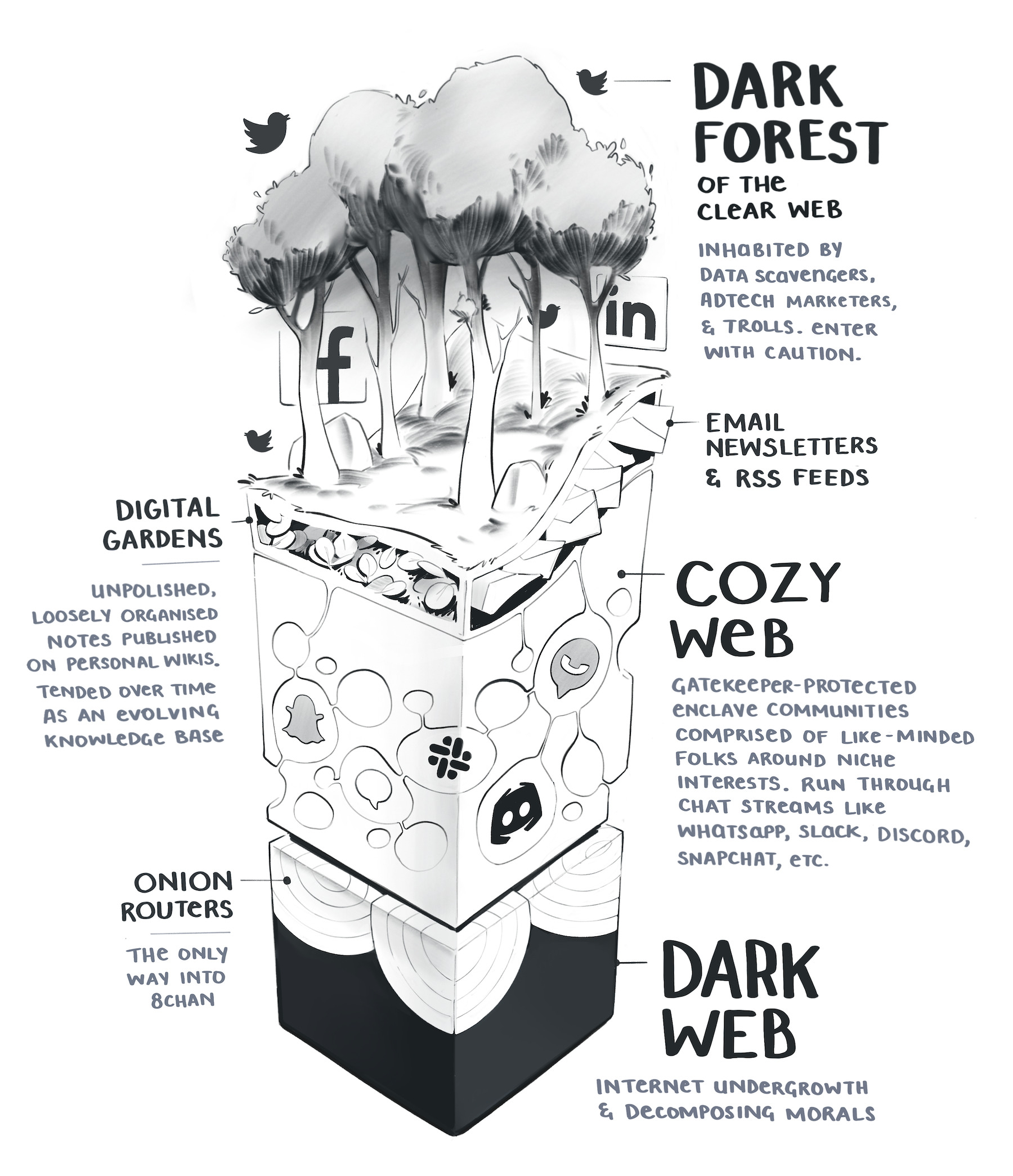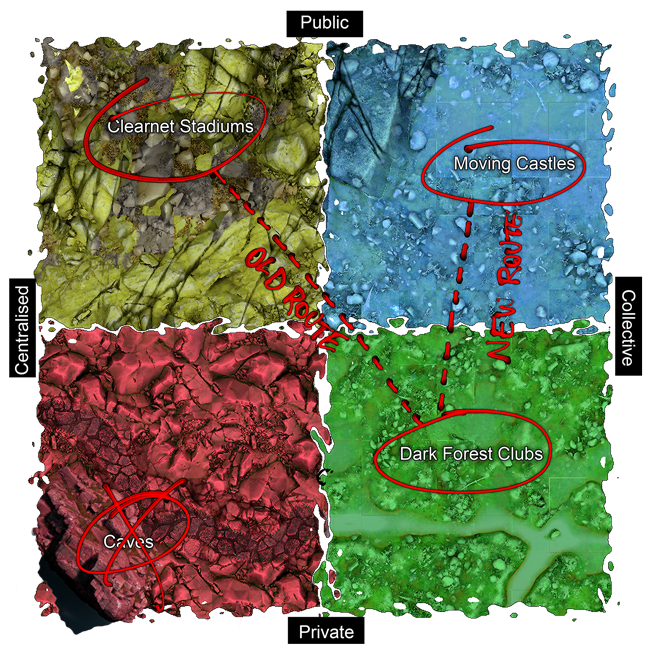mapping
about
for a fantastic introduction to why maps or topographical intelligence can be so valuable, see: Wardley Maps, Chapter 1: On being lost. it's a 30-min read that packs a lot of insight.
if 30 minutes is too long for you, here's only my highlights (cutting it to a 15-min read).
1) definitions & types of maps
which is a very specific frame, and makes us realize how, according to this perspective, most of the digital maps we use/interact with aren't maps at all. they're usually models, frameworks, sketches or illustrations.
yet, many people refer to them as maps, so i'll propose a different, more loose classification of maps taking into account other people's curation of popular maps as well:
types of maps:
1) wardley maps
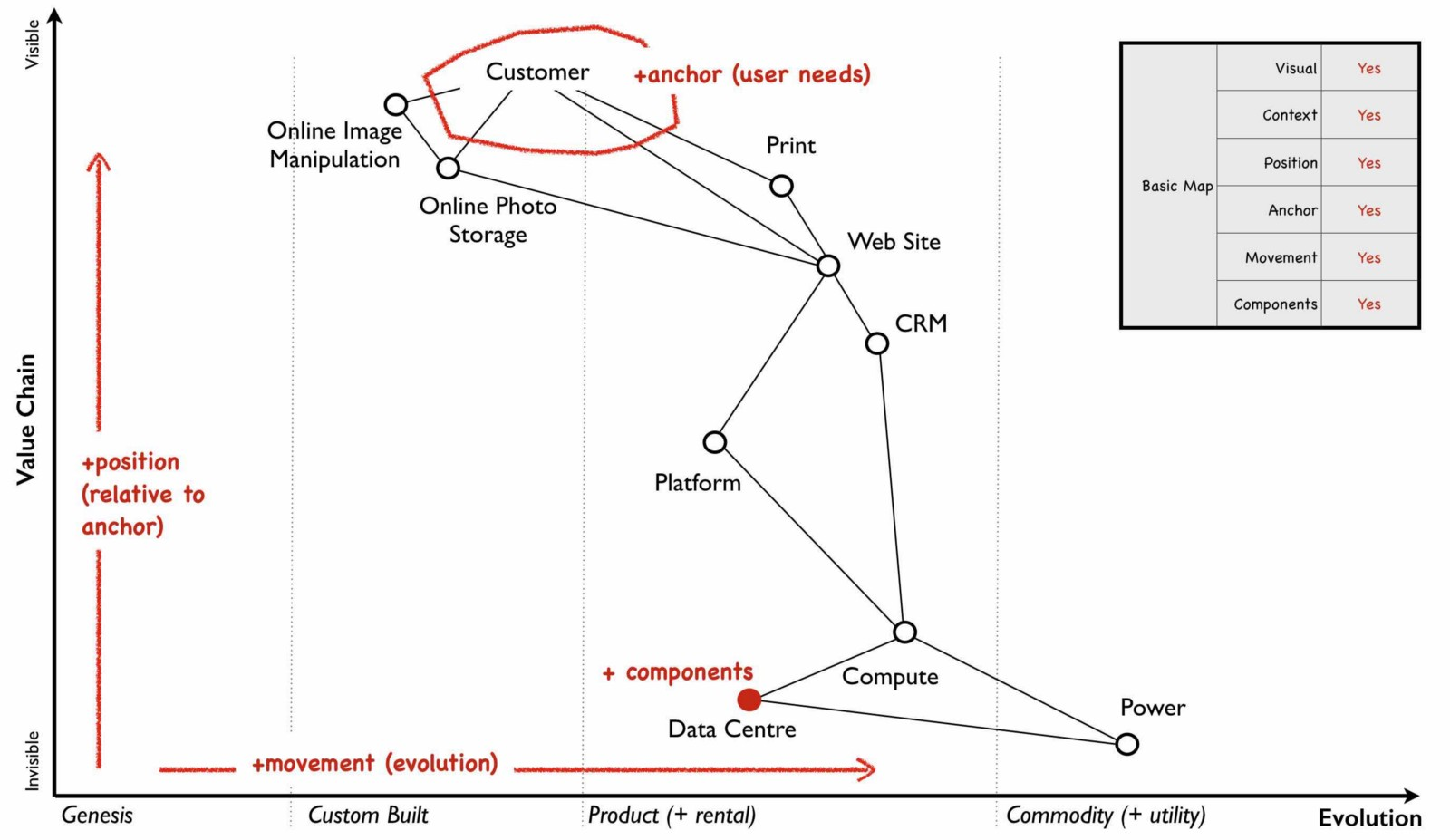
2) tang jeff's classification on twitter:
i highly encourage you to check out the whole thread, as pasting everything here would be flooding this page.
-> as a summary, he suggests:
a) memespace maps
b) ribbonfarm's maps
c) defining characteristics of maps
d) maps of maps (curating/organizing perspectives)
e) wardley maps
f) idea mazes
g) subway maps (visual)
h) topical maps/field maps (zoomable maps/maps with meaningful axes and proportions)
i think it can be enlightening to evidence the focus on topics vs the format.
memespace/subway maps/maps of maps are maps that refer to a specific topic.
ribbonfarm/wardley maps are "types" of map based on their style/format, which is derived from a specific creator.
idea mazes / field maps are also on the format side, but regardless of their creator.
3) nadia asparouhova's classification at the stoa:
source: https://nadia.xyz/mapping-digital-worlds / https://www.youtube.com/watch?v=jvAyJImbEeA
i honestly don't recommend going through the whole thing, unless you have time to spare, as i believe the summary below captures the essence pretty well.
-> nadia's classification summary:
c) matrix maps
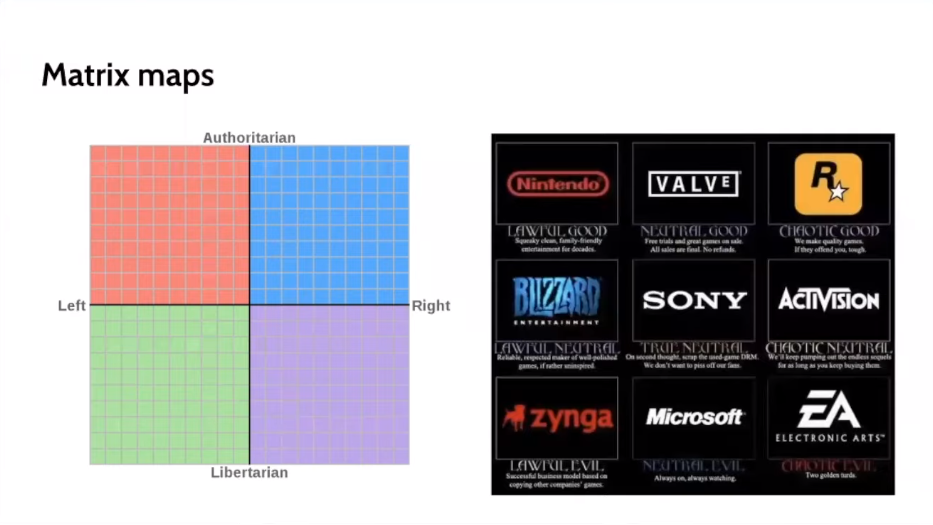
f) type of guy maps (memes)
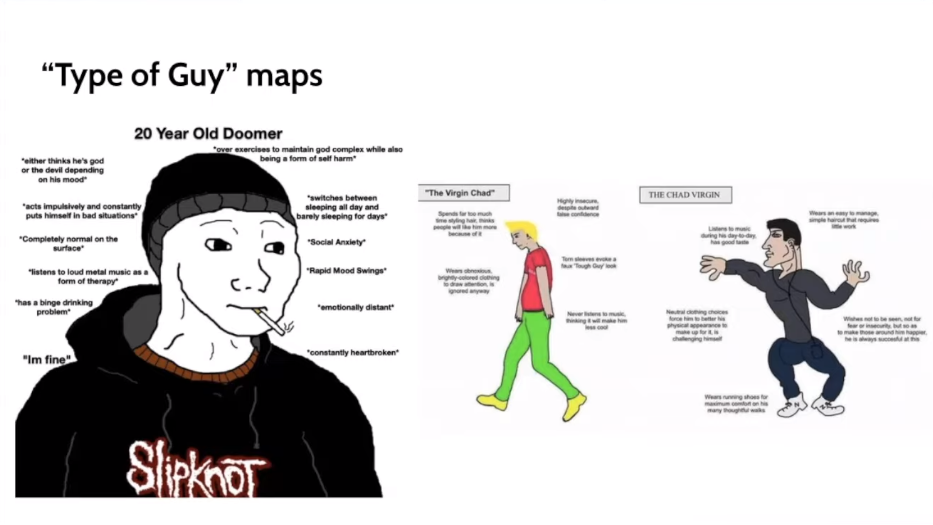
4) lastly, other types of common maps:
a) ecosystem maps:
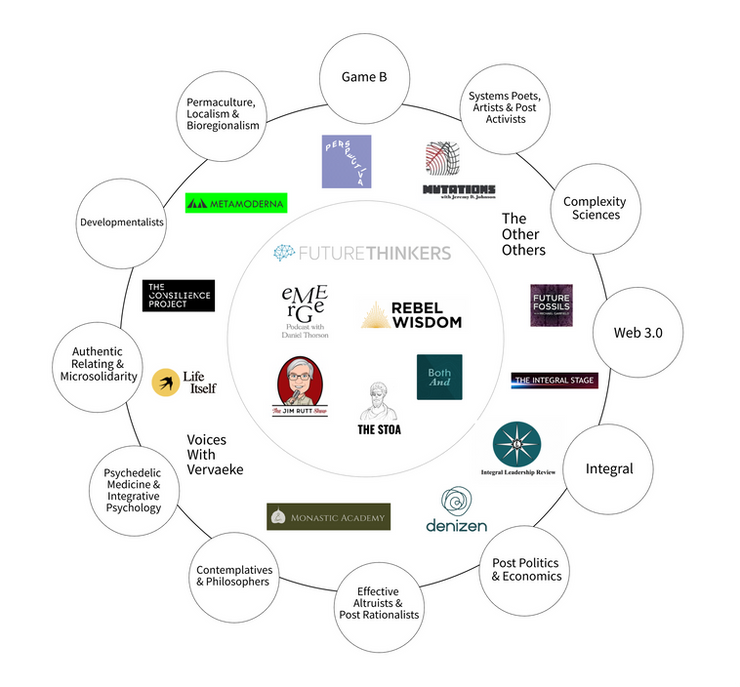
b) concept maps (a.k.a. mental models/frameworks):
--> proposes a model that describes how something works or can work.
possibility management's thoughtmaps
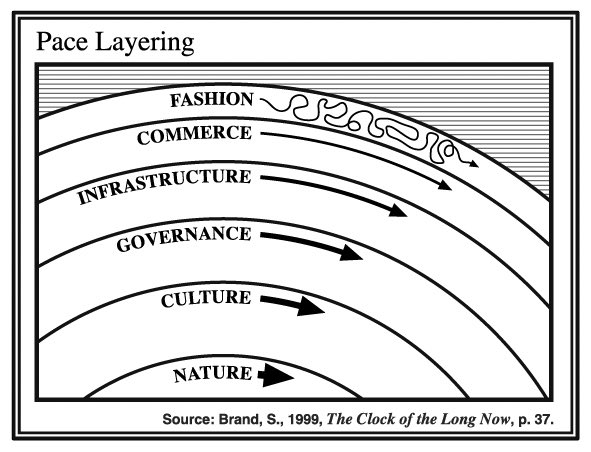
c) general knowledge maps / relationship maps:
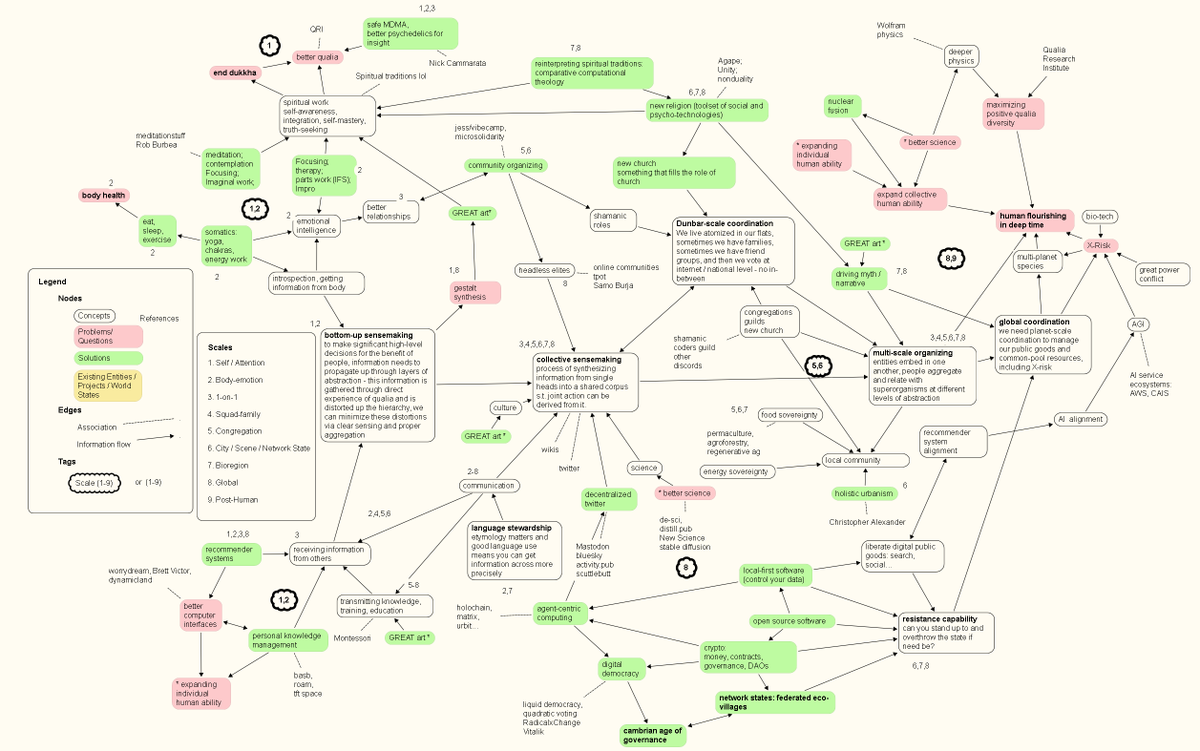
2) other interesting perspectives on mapping:
- aaron z lewis on twitter:
-
⭐ great breakdown of mapping approaches: https://wiki.secondrenaissance.net/wiki/Visual_approaches_for_ecosystem_mapping_and_sensemaking
-
tom critchlow's curation of resources: https://tomcritchlow.com/wiki/maps/
⚠ i'm still missing: good curation on network science + good examples/applications.
3) great examples of maps of specific subjects
a)
b) topic maps
economics maps:
https://atlas.cid.harvard.edu/ (technically, it's a set of interactive graphs)
argument/debate maps:
https://www.societylibrary.org/diablo-canyon-debate
music genres maps:
https://musicmap.info/
https://everynoise.com/ (technically a graph, but works like a map)
https://www.music-map.com/
power/influence maps:
https://calculatingempires.net/ - a genealogy of technology and power since 1500
https://www.visualcapitalist.com/histomap/ - visualizing the 4,000-year history of global power
c) "maps" of the metacrisis / sensemaking / game b space:
an introduction to the subject/space: https://secondrenaissance.net/intro
great compilation of nearly all ecosystem mapping efforts: https://secondrenaissance.net/wiki/overview-mapping-efforts
to understand the usefulness of these initiatives, look at how they're mapping: value systems, belief systems, worldviews, theories of change and systemic challenges in coordinating these perspectives for navigating the extremely complex historical moment we're living.
d) "maps" of the cozy web/indie web/slow web:
introduction to the concept/space and illustration made by maggie appleton:
a collection of very interesting references in the space: https://diagram.website/
another categorization proposed by trust (collective):
e) "maps" of the regenerative space/communities:
#memetic:
"climate tribes" chart + research:
https://nadia.xyz/climate-tribes
"Impact DAOs" book:
https://greenpill.network/pdf/ImpactDAO.pdf
regenerative orgs/communities database 1:
https://www.refidao.com/ecosystem/organizations
regenerative orgs/communities database 2:
https://www.gaianet.earth/ecosystem
f) "maps" of intentional communities / conscious coliving spaces:
compilations:
transformational communities:
https://tuckerwalsh.medium.com/transformational-communities-cd9e41053423
IC communities breakdown:
https://docs.google.com/spreadsheets/d/1FlLWdW5k4PKJ1T6rdcXy2cSwWUO-MInxCfpkCtuWhVY/edit#gid=2101869082
+ life itself discussion on the subject:
https://github.com/orgs/life-itself/discussions/391
g) videogame references
one day i'll still compile my favorite game interfaces in a organized/useful way, but today here's just a few highlights:
rimworld tech tree:
.png)
stellaris civilization management interfaces:
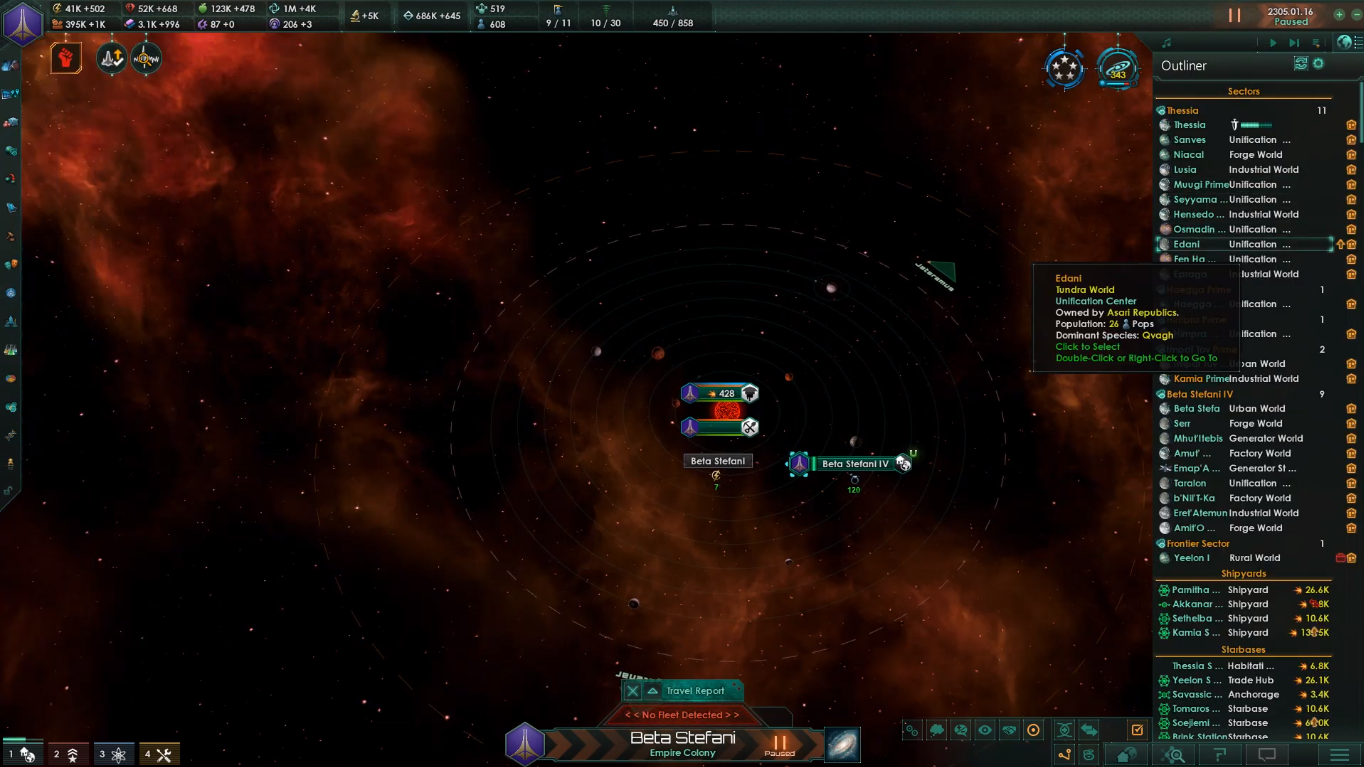
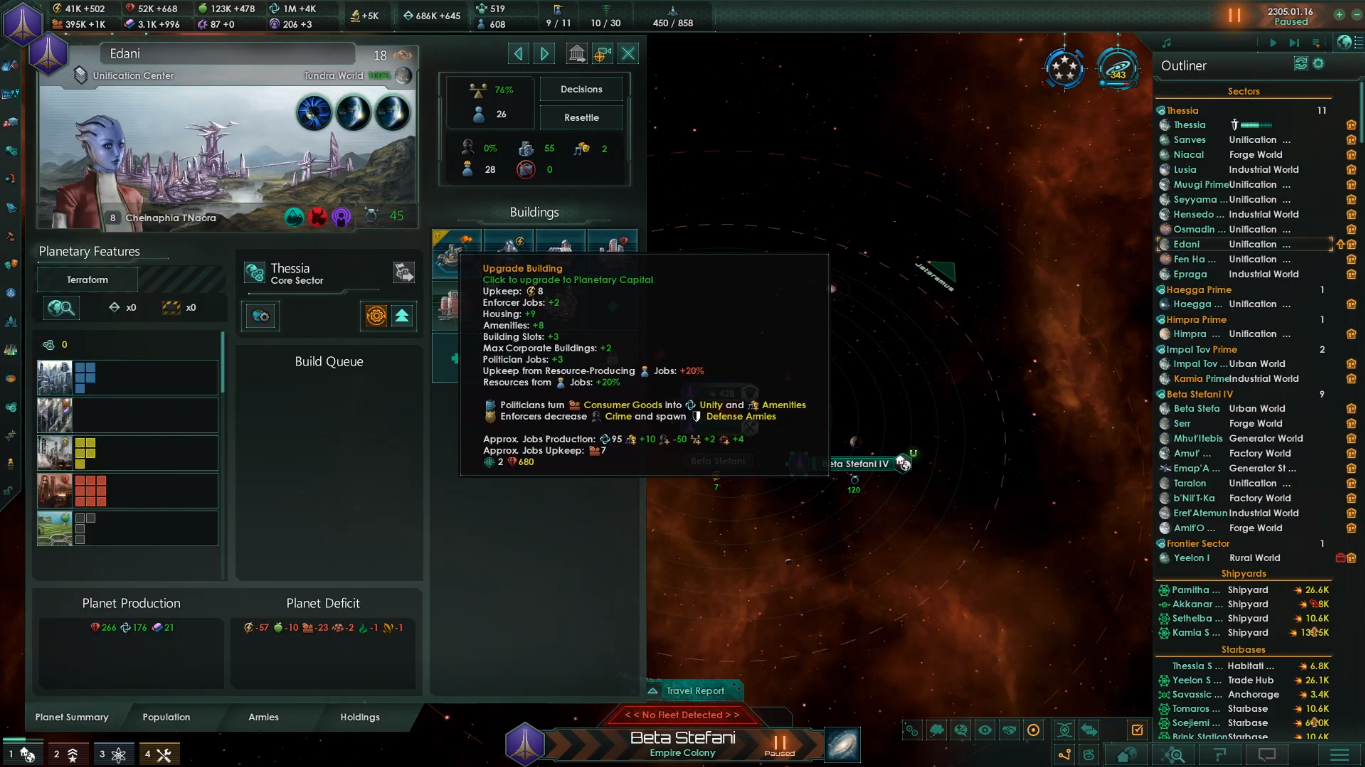
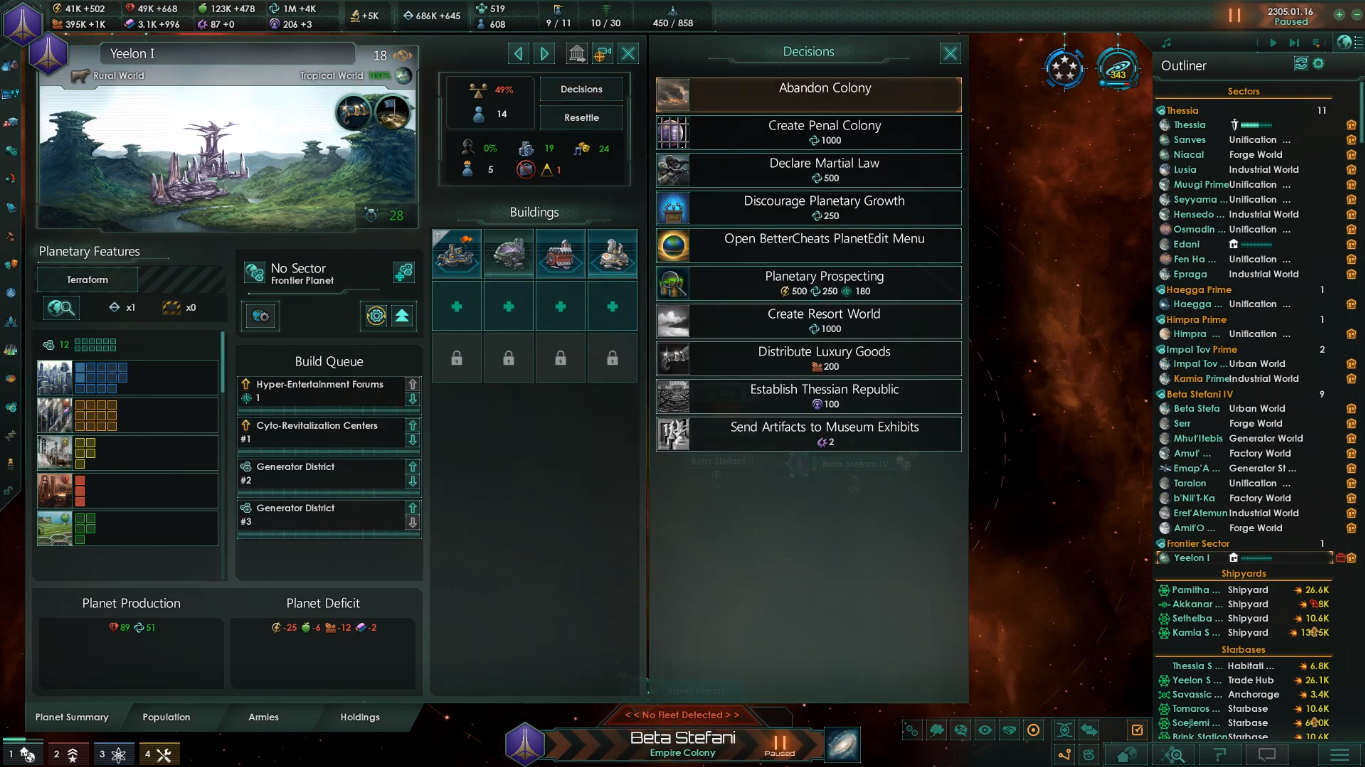
4) other stuff
the contents of the writing below are currently haphazard, disjointed and all over the place. please proceed at your own risk. (or don't. feel free to come back later when it'll be hopefully updated and improved.)
themes/topics, perspectives/arguments, memes mapping
refs: golden, metaculus, ideamarket, mapsmap hackathon, civilization research institute, kialo, nikita voloboev...
other relevant approaches:
- CEP+N
- github awesome lists
- etc...
open-source datasets & fine-tuned LLMs:
datasets:
fine-tuned LLMs: cognicist iris, integral life, fourgames...
